Cradled between Karakoram ranges in the north western part of Ladakh lies a quite little town “Turtuk”. This place has a special political, social and historical significance. Turtuk was part of Baltistan previously, soon after Independence in 1947 this village belonged to Jammu and Kashmir (under Hari Singh) but later on it was captured by Pakistan. Then came the Indo-Pak war of 1971, Indian forces recaptured the village forming a new Line of Control(LoC). Some people here have lived under the British, Pakistan and now Indian Government rule. Many were also separated from their loved ones due to these partitions.

Bridge that connects the village of Turtuk
The road to this village from Hunder is Bliss. Extremely picturesque with the mighty Himalayas on one side and Karakoram on the other with river Shayok following you throughout the journey. Very limited number of vehicles ply through this terrain, one could see lot of Army camps and check points on the way. Turtuk with a population of 4K is very remote and even Indian travelers were not allowed to visit it until 2010 due to it’s proximity to LoC. People here are of Indo-Aryan descent and this village has predominant muslim population although other parts of Ladakh one can find more Buddhist.

On the way to Turtuk
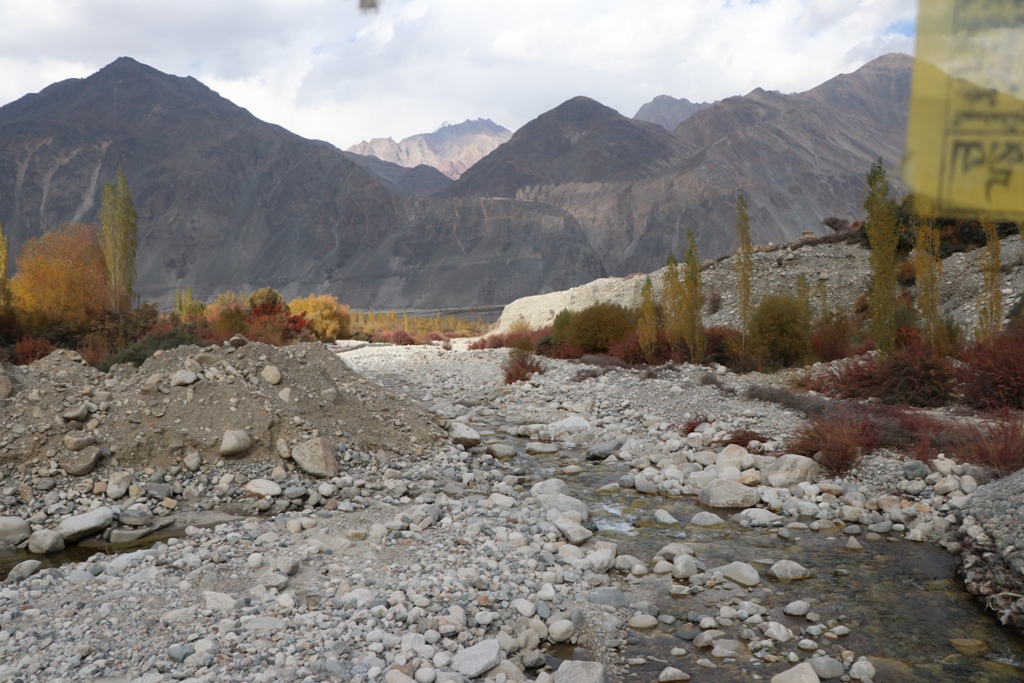
Landscape – ahead of Deskit
The moment we reached Turtuk, it felt like a dream destination. Only way to explore the village is by walk. First thing we did was to take a stroll to the private museum. It was an ancient house where lot of history got unfolded. Mr.Khan is an elderly and very respectful person who owns this house. He is one of the few who lived under all the regimes. We spent some time at the museum and listening to his stories were very nostalgic. Long time back Pakistan army used his house to store artillery, his grandfather went to the Lahore high court and govt was asked to pay Rs.5 every month as rent which came as a big relief for his family. His forefathers came to Baltistan from Yarkand which is currently part of Xinjiang region of China.
Now, it’s time to head back to the other side of the village and look for our Guest house.
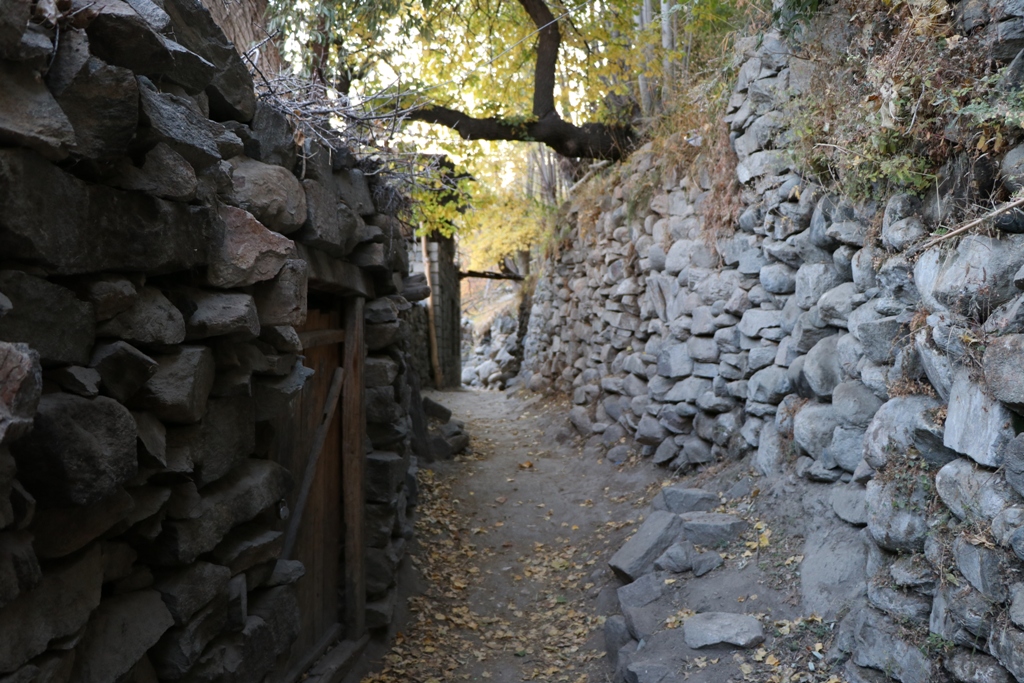
Strolling through the village
It was the beginning of winter and was very cold early in the evening. We found our guest house after a long walk, it was a local style house made of mud to with-hold extreme cold. The rooms were simple neat and clean. Soon met up with the Guest house owner Niyaz. I requested him to give us some Balti food for dinner. Then we spent our evening by playing games like “PHUG PHUG” with the locals. Balti Chef met us and described about the Balti specialities and what he is going to prepare for us that evening.
Kesser – Something like Dosa made of whole wheat
Kesser Moskot – Paste like stuffing on top made with garlic, dry fruits.
Phading ebaley – Apricot boiled in hotwater to give a sugar syrup kind of taste
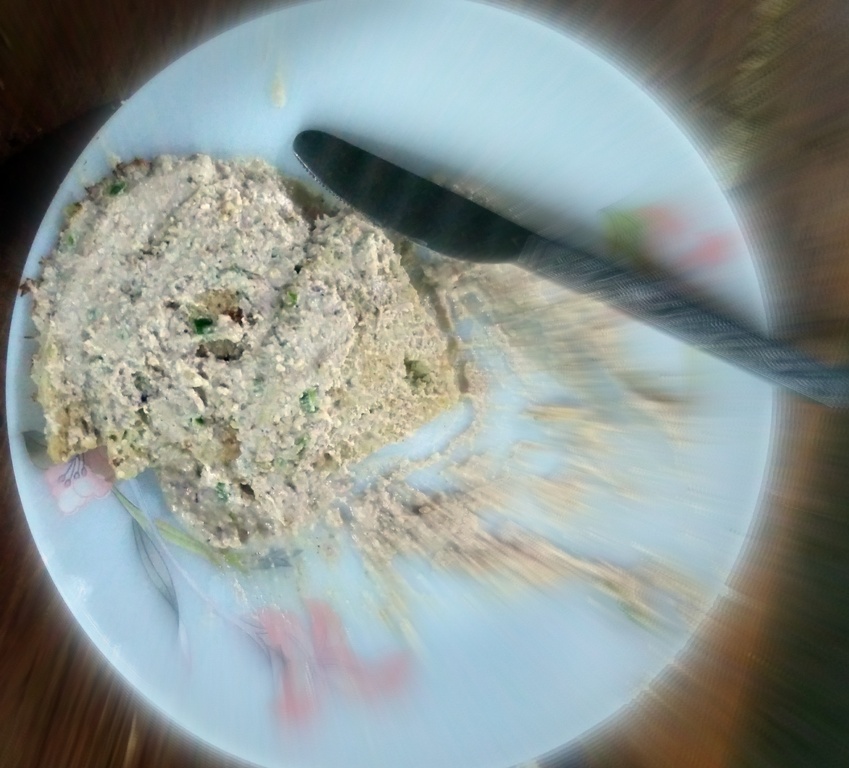
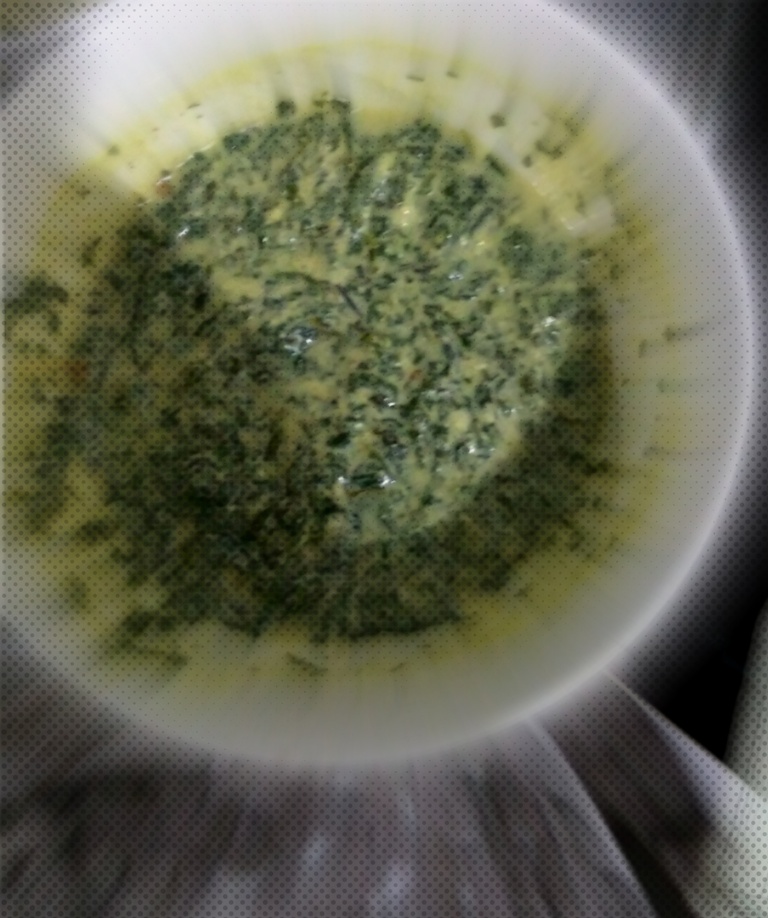
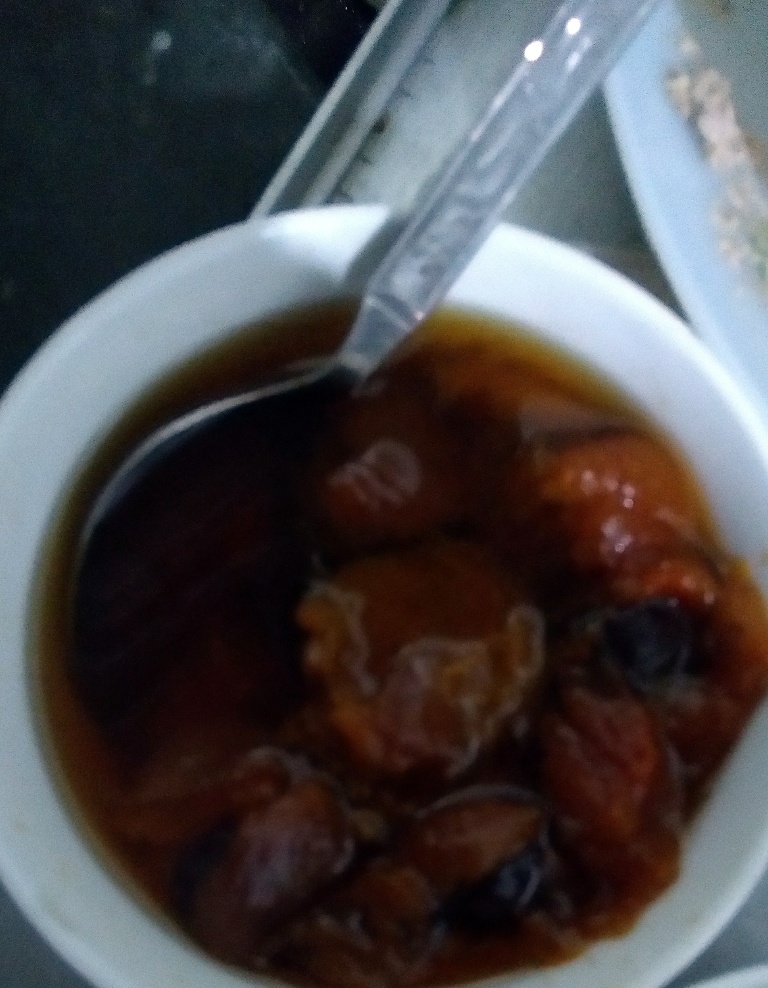
Early morning it’s always interesting to go around and see the daily life of locals. It was 7am when sun was out, gave us some respite from cold. We could see people walking with a wooden bag at their back to carry stones. Many worked in construction work with BRO and other govt organisation. Children were getting ready for school, people were seen feeding their livestocks. Due to extreme cold there are separate underground rooms for the cattles. People were in groups cooking food. It’s a custom that once in a week or so neighbors get together and cook food for all their family members. Fresh almond and apricots were also something you do not want to miss.
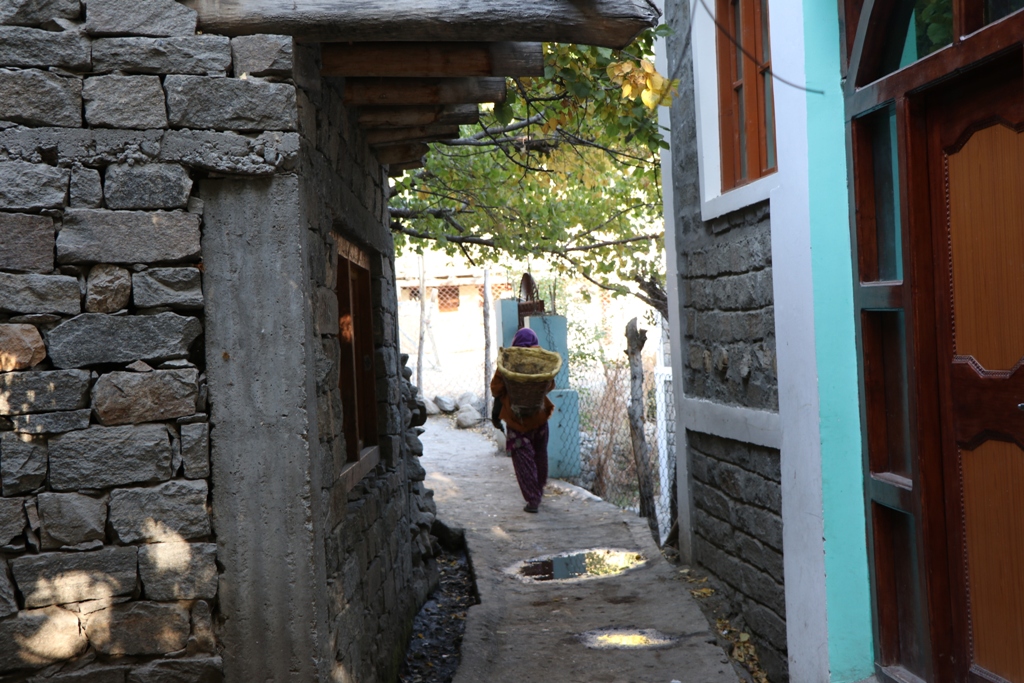
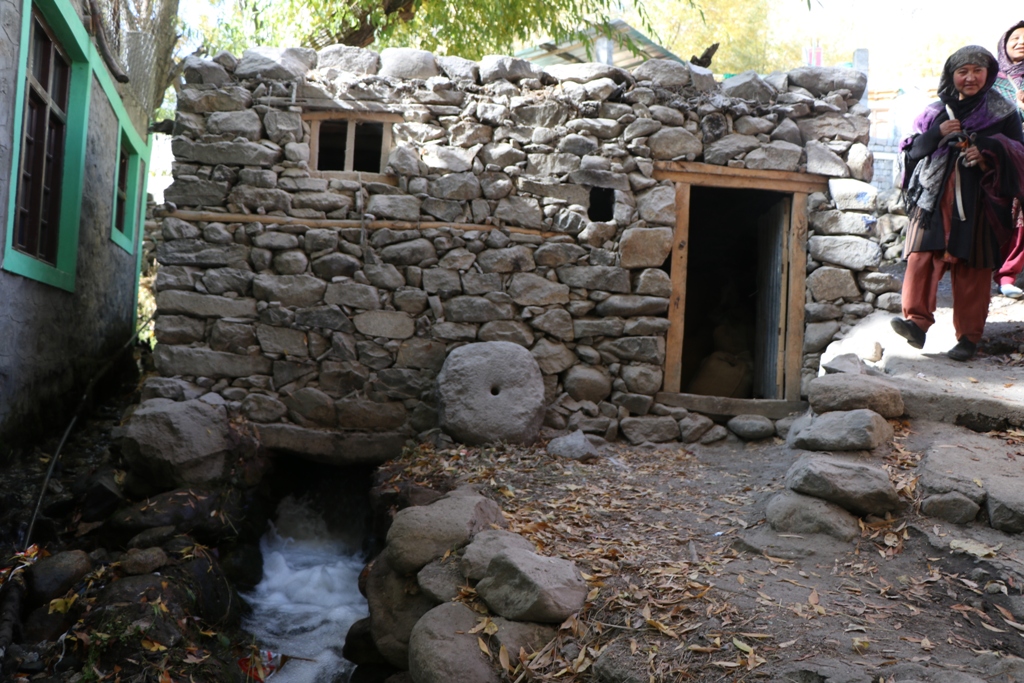

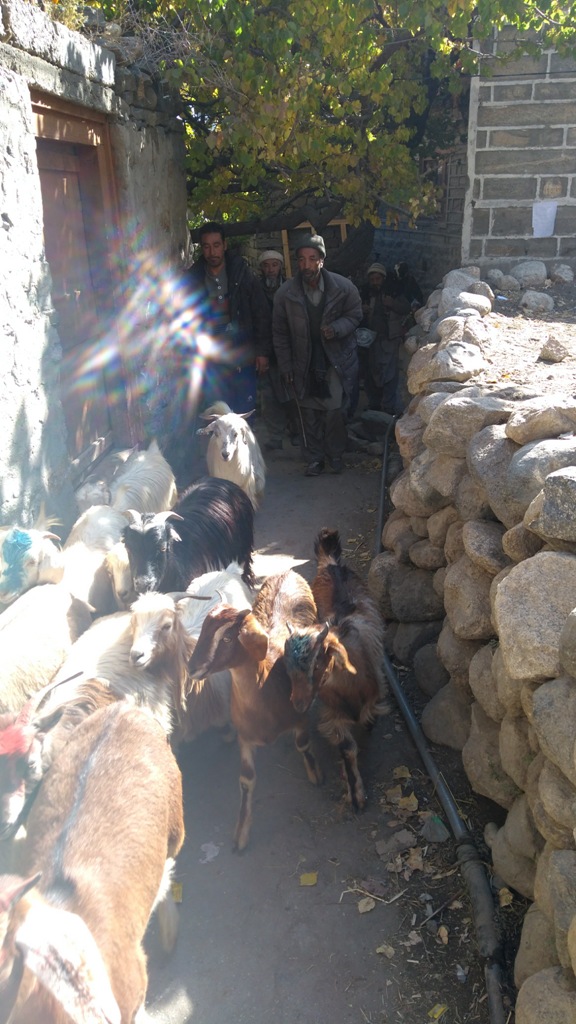
Morning seen of Turtuk
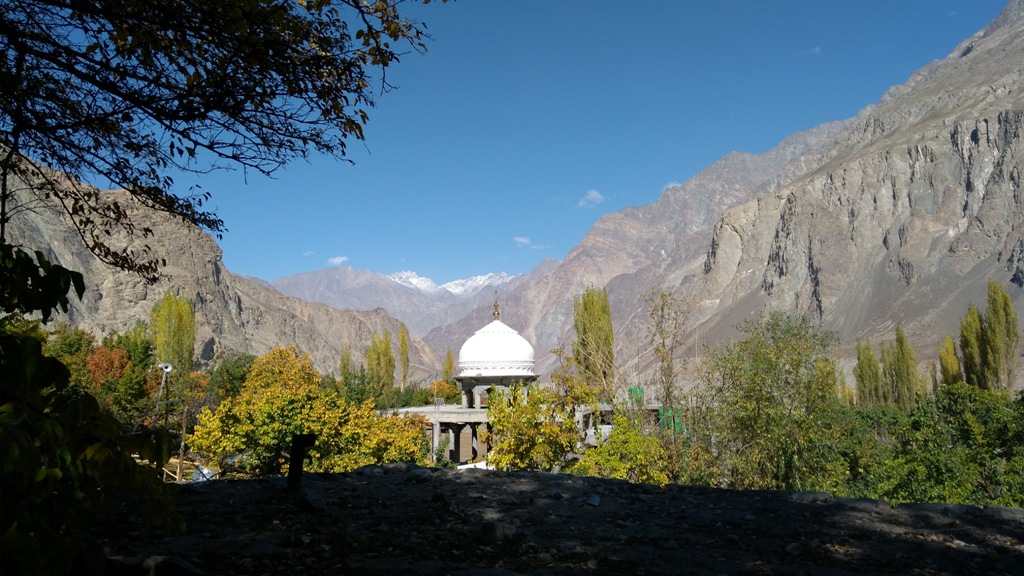
Turtuk Mosque
The Guest house owner Mr.Niyaz also accompanied us to show some unique features of this village. There are rock like structure and a stone is placed in the middle this acts as a natural refregirator. Also the water used in the villages come directly from the melting glacier. One could feel the freshness in the water when you drink. There is also a machine to grind wheat and it operates on the water flow and not electricity. Seems like Ranchoo kind of a innovation 🙂
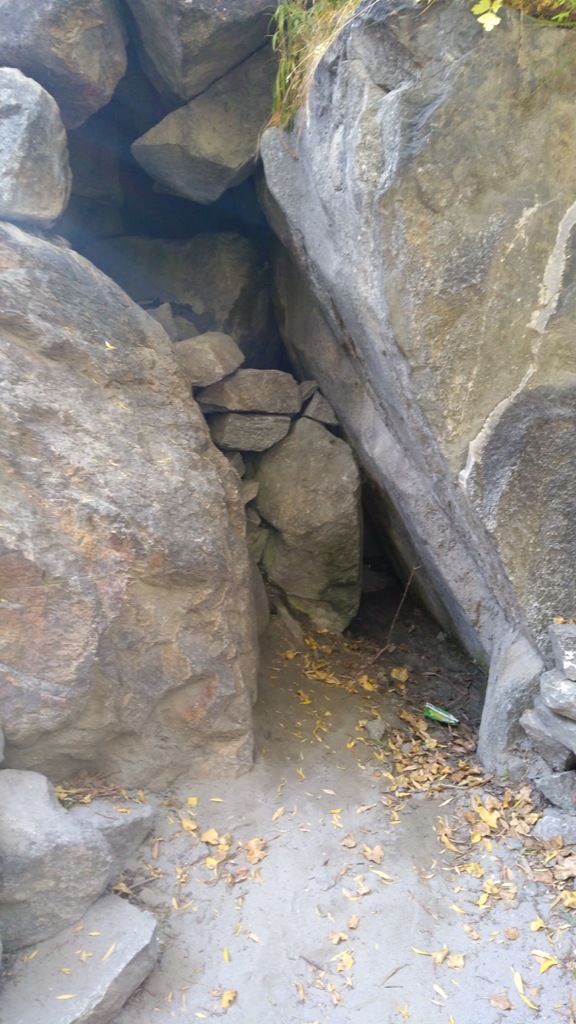
This is the natural refrigerator
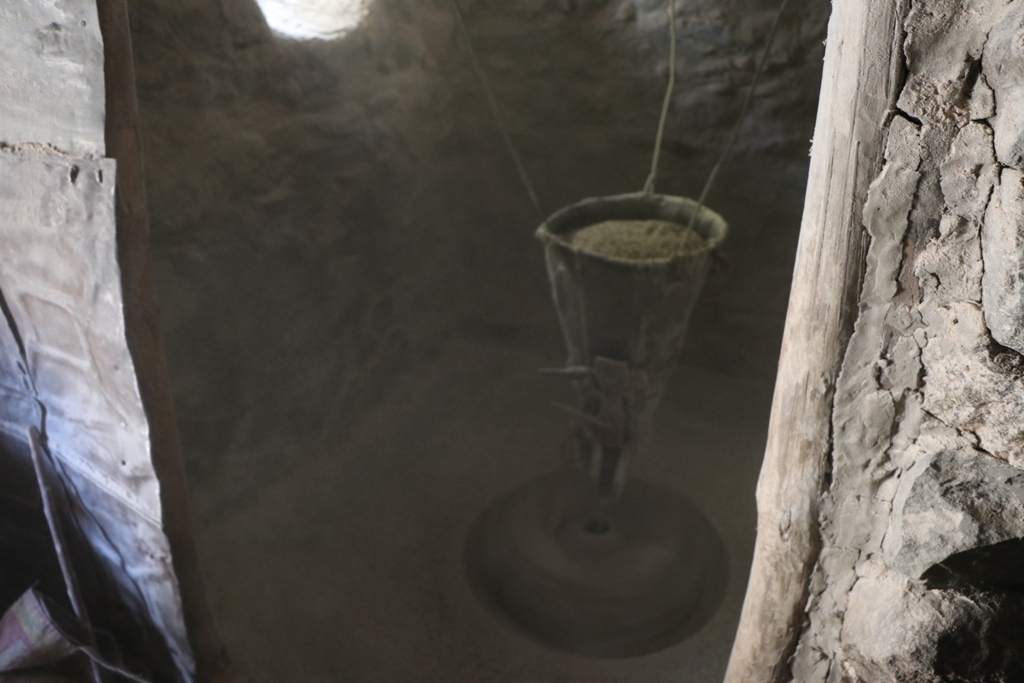
A fan like projection is there at the bottom which rotates based on water flow that helps in running of this wheat grinding machine
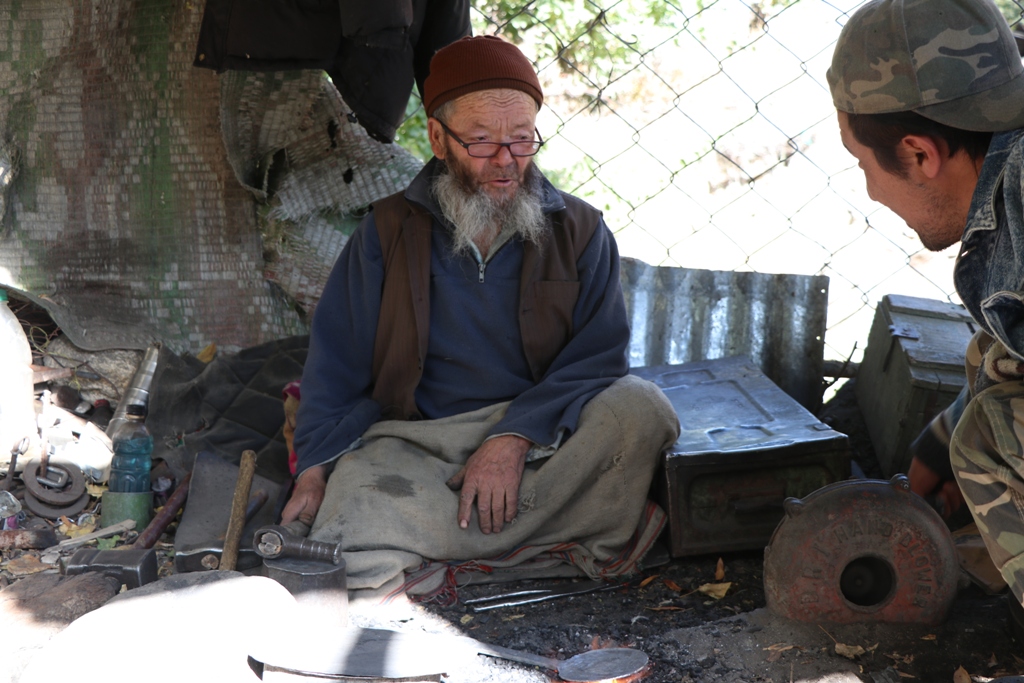
As informed by Mr.Niyaz, villagers here tend to help each other in many ways like taking care of someones family if the bread winner expires. Another interesting part was when a person plans to build a house then villagers come together to work without expecting any wages. It was really good to see people living with these principles, while most of us have moved out to a fast paced city lives.

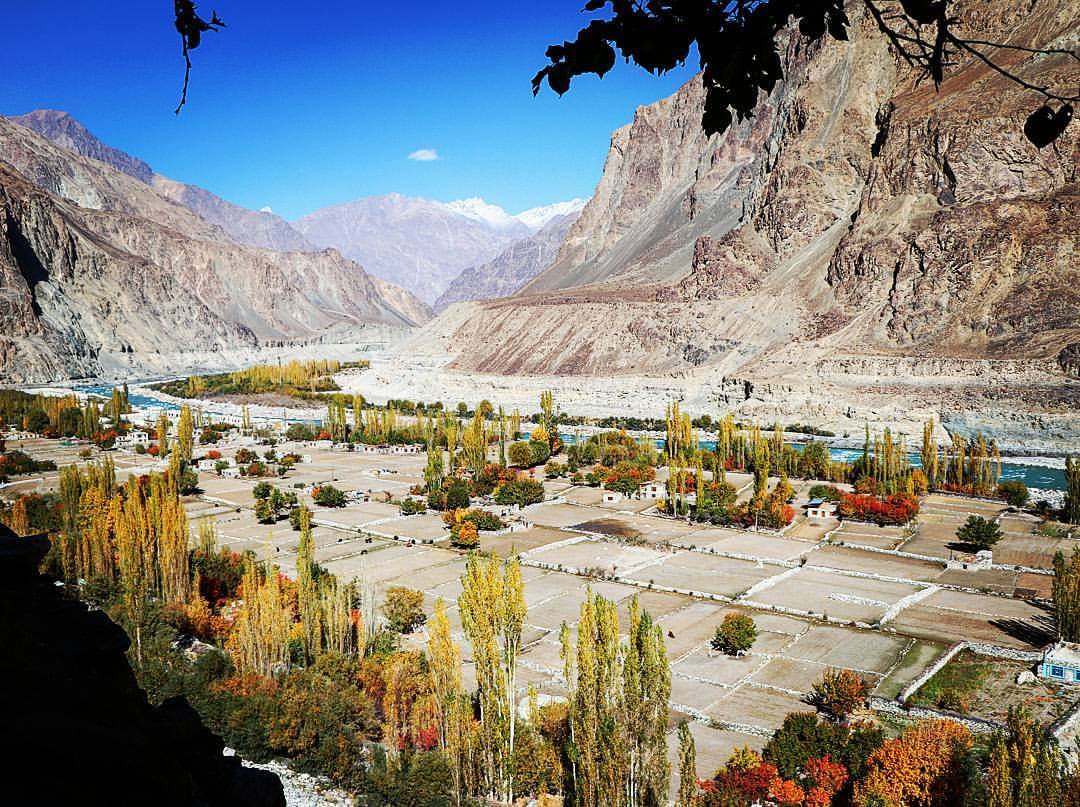
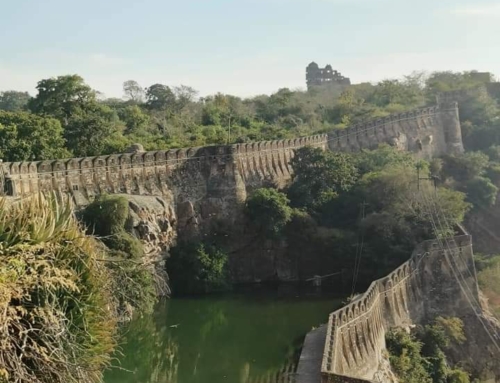

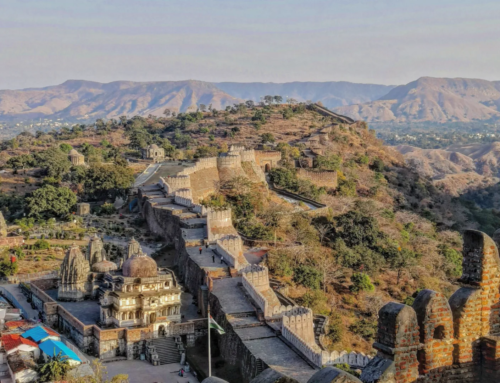
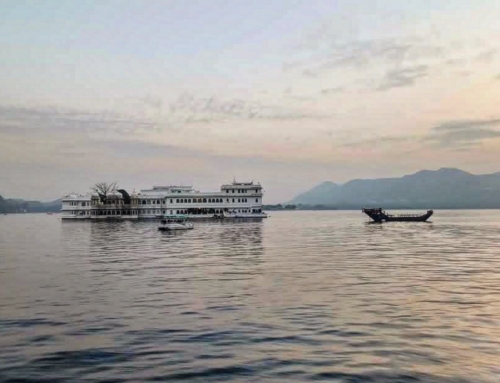
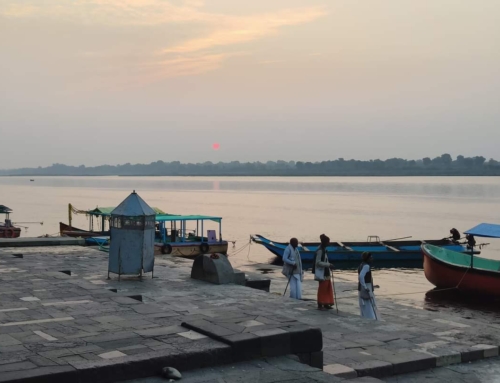
Leave A Comment